BSR NCITS 332
for Information Technology –
Fibre Channel Arbitrated Loop (FC-AL-2)
2
3
3
S
T
I
C
N
R
S
B
�
�
BSR NCITS 332
American National Standard
for Information Technology –
Fibre Channel Arbitrated Loop (FC-AL-2)
Secretariat
Information Technology Industry Council
Approved (not yet approved)
American National Standards Institute, Inc.
Abstract
This standard defines functional requirements for an interoperable Arbitrated Loop topology to support the
Fibre Channel standard.
�
American
National
Standard
Approval of an American National Standard requires review by ANSI that the
requirements for due process, consensus, and other criteria for approval have
been met by the standards developer.
Consensus is established when, in the judgement of the ANSI Board of
Standards Review, substantial agreement has been reached by directly and
materially affected interests. Substantial agreement means much more than
a simple majority, but not necessarily unanimity. Consensus requires that all
views and objections be considered, and that a concerted effort be made
towards their resolution.
The use of American National Standards is completely voluntary; their
existence does not in any respect preclude anyone, whether he has approved
the standards or not, from manufacturing, marketing, purchasing, or using
products, processes, or procedures not conforming to the standards.
The American National Standards Institute does not develop standards and
will in no circumstances give an interpretation of any American National
Standard. Moreover, no person shall have the right or authority to issue an
interpretation of an American National Standard in the name of the American
National Standards
interpretations should be
addressed to the secretariat or sponsor whose name appears on the title
page of this standard.
Institute. Requests
for
CAUTION NOTICE: This American National Standard may be revised or
withdrawn at any time. The procedures of the American National Standards
Institute require that action be taken periodically to reaffirm, revise, or
withdraw this standard. Purchasers of American National Standards may
receive current information on all standards by calling or writing the American
National Standards Institute.
CAUTION: The developers of this standard have requested that holders of patents that may be
required for the implementation of the standard disclose such patents to the publisher. However,
neither the developers nor the publisher have undertaken a patent search in order to identify
which, if any, patents may apply to this standard. As of the date of publication of this standard
and following calls for the identification of patents that may be required for the implementation of
the standard, no such claims have been made. No further patent search is conducted by the de-
veloper or publisher in respect to any standard it processes. No representation is made or implied
that licenses are not required to avoid infringement in the use of this standard.
Published by
American National Standards Institute, Inc.
11 West 42nd Street, New York, NY 10036
Copyright © 1999 by Information Technology Industry Council (ITI)
All rights reserved.
No part of this publication may be reproduced in any
form, in an electronic retrieval system or otherwise,
without prior written permission of ITI, 1250 Eye Street NW,
Washington, DC 20005.
Printed in the United States of America
�
Contents
Page
Foreword ...............................................................................................................xi
Introduction ......................................................................................................... xiii
1
2
3
4
5
6
7
8
9
Scope ........................................................................................................... 1
Normative references ................................................................................... 2
Definitions and conventions.......................................................................... 3
Structure and concepts................................................................................. 8
Addressing.................................................................................................. 13
FC-AL Ordered Sets................................................................................... 17
FC-AL Primitive Signals and Sequences.................................................... 18
L_Port operation ......................................................................................... 24
L_Port state transition tables ...................................................................... 49
10
Loop Initialization procedure....................................................................... 73
Tables
1
2
3
4
5
6
7
8
9
8B/10B characters with neutral disparity .................................................... 14
Primitive Signals ......................................................................................... 17
Primitive Sequences................................................................................... 17
MONITORING (State 0) transitions ............................................................ 50
ARBITRATING (State 1) transitions ........................................................... 54
ARBITRATION WON (State 2) transitions ................................................. 57
OPEN (State 3) transitions ......................................................................... 59
OPENED (State 4) transitions .................................................................... 61
XMITTED CLOSE (State 5) transitions ...................................................... 64
10 RECEIVED CLOSE (State 6) transitions.................................................... 67
11
12
TRANSFER (State 7) transitions ................................................................ 70
INITIALIZATION process (State 8) transitions ........................................... 72
13 Reserved .................................................................................................... 72
14 OLD-PORT (State A) transitions ................................................................ 72
15 AL_PA mapped to bit maps........................................................................ 78
Figures
0
1
2
3
4
Fibre Channel roadmap.............................................................................. xiii
Examples of the Loop topology .................................................................. 10
FC-PH with Arbitrated Loop addition .......................................................... 11
State Diagram............................................................................................. 31
Loop Initialization Sequences..................................................................... 76
i
�
Page
Loop Initialization Sequence AL_PA bit map ............................................. 80
Loop Initialization state diagram example .................................................. 83
POWER-ON state diagram ........................................................................ 85
OLD-PORT state diagram .......................................................................... 87
Loop Fail Initialization state diagram .......................................................... 89
5
6
7
8
9
10 Normal Initialization state diagram ............................................................. 91
11 OPEN-INIT state diagram .......................................................................... 93
12 Slave Initialization state diagram................................................................ 95
13 Slave AL_PA position map state diagram .................................................. 98
14 Master Initialization state diagram .............................................................. 99
15 Master AL_PA position map state diagram .............................................. 101
Annexes
A
B
C
D
E
F
G
H
I
J
K
L
L_Port Elasticity buffer management ....................................................... 103
Loop Port State Machine examples ........................................................ 107
Dynamic Half-Duplex................................................................................ 110
Access unfairness .................................................................................... 112
Half-duplex operation ............................................................................... 113
BB_Credit and Available_BB_Credit management example.................... 114
L_Port clock design options ..................................................................... 116
Mark Synchronization examples .............................................................. 118
Port Bypass Circuit example and usage .................................................. 119
Public L_Ports and Private NL_Ports on a Loop ..................................... 122
Assigned Loop Identifier........................................................................... 123
Selective replicate for parallel query acceleration .................................... 124
M Controlled FC-AL configurations .............................................................. 127
N
O
P
Q
Insertion modes of Hubs .......................................................................... 129
L_Port power-on considerations.............................................................. 130
L_Port initialization flow diagram.............................................................. 131
Examples of Switch Port Initialization....................................................... 132
Index ................................................................................................................. 135
ii
�
Foreword (This foreword is not part of BSR NCITS 332.)
This standard defines functional requirements for an inter-operable Arbitrated Loop
topology for Fibre Channel.
This standard was prepared by Task Group T11 (formerly X3T9.3) of the Accredited
Standards Committee X3 during 1993. The standard process started in 1989. This
document includes annexes that are informative and are not considered part of the
standard.
Requests for interpretation, suggestions for improvements or addenda, or defect re-
ports are welcome. They should be sent to the NCITS Secretariat, Information Tech-
nology Industry Council, 1250 Eye Street, NW, Suite 200, Washington, DC 20005-
3922.
This standard was processed and approved for submittal to ANSI by the National
Committee for Information Technology Standards (NCITS). Committee approval of
the standard does not necessarily imply that all committee members voted for ap-
proval. At the time it approved this standard, NCITS had the following members:
iii
�
Technical Committee T11 on Lower Level Interfaces, which developed and reviewed
this standard, had the following members:
Kumar Malavalli, Chair
Edward L. Grivna, Vice-Chair
Neil Wanamaker, Secretary
Roger Ronald
Earl E. Rydell
Colin L. Schaffer
John Scheible
Pak Seto
Robert N. Snively
Jeffrey Stai
Gary R. Stephens
Arlan Stone
Rich Taborek
Fred Van Roessel
Matt Wakeley
Gary Warden
Jeffrey L. Williams
John Williams
Michael Wingard
Danny Ybarra
Leonard Young
Jeff Young
Carl Zeitler
Dal Allan (Alt.)
Rick Allison (Alt.)
Greg Alvey (Alt.)
Ravi Anantharaman (Alt.)
Charles Binford (Alt.)
Daniel Brown (Alt.)
Craig Carlson (Alt.)
Edward Chang (Alt.)
Terry Cobb (Alt.)
Bill Collette (Alt.)
Jeff Connell (Alt.)
Dave Cravens (Alt.)
Jerry D’Alessandro (Alt.)
Robert Dahlgren (Alt.)
Mike Dorsett (Alt.)
Steve Finch (Alt.)
Dave Ford (Alt.)
Ren Franse (Alt.)
Matt Gaffney (Alt.)
Dave Gampell (Alt.)
Michael Gerwig (Alt.)
Joe Golio (Alt.)
Thom Hall (Alt.)
Bill Ham (Alt.)
Daniel Heim (Alt.)
Scott Hilliker (Alt.)
Lee Hu (Alt.)
David E. Instone (Alt.)
James R. Johns (Alt.)
Skip Jones (Alt.)
Larry Jones (Alt.)
Gregory Kapraun (Alt.)
Michael J. Karg (Alt.)
Julie Ann Kembel (Alt.)
Allen N. Kramer (Alt.)
Bill Kuypers (Alt.)
Michael Lamatsch (Alt.)
Larry Lamers (Alt.)
Alan Langerman (Alt.)
Edwin S. Lee III (Alt.)
Mark Lippitt (Alt.)
Bill Mable (Alt.)
Paul Manka (Alt.)
Roland Marot (Alt.)
Bob Mayer (Alt.)
Jim McGillis (Alt.)
Brian McKean (Alt.)
Stephan Meyer (Alt.)
Gene Milligan (Alt.)
Mike Morandi (Alt.)
Eli Moyle (Alt.)
Jay H. Neer (Alt.)
Chris Nieves (Alt.)
Charles Nogales (Alt.)
John J. Nutter (Alt.)
Michael O’Donnell (Alt.)
Robert Pearson (Alt.)
George Penokie (Alt.)
David Peterson (Alt.)
Craig Prunty (Alt.)
Michael Pugh (Alt.)
Said Rahman (Alt.)
Bart Raudebaugh (Alt.)
Ron Reynolds (Alt.)
Wayne Rickard (Alt.)
Chris Simoneaux (Alt.)
Brian R. Smith (Alt.)
Bernard Warnakula Sooriya (Alt.)
Steven E. Swanson (Alt.)
Jacqueline Sylvia (Alt.)
Tad Szostak (Alt.)
Jonathan Thatcher (Alt.)
Lloyd E. Thorsbakken (Alt.)
Luis Torres (Alt.)
Kevin White (Alt.)
Lynn Whitfield (Alt.)
Steven Wilson (Alt.)
Paula Zoller (Alt.)
David Baldwin
Paul Boulay
Joe Breher
Scott Carlson
James Coomes
Robert Cornelius
Roger Cummings
Zane Daggett
Scott Darnell
Jan V. Dedek
Don Deel
David Deming
Mark DeWilde
Schelto Van Doorn
Mike Dudek
Peter Dunlap
Mike Fitzpatrick
David Ford
Michael S. Foster
Kenneth J. Fredericks
Edward M. Frymoyer
Edward A. Gardner
Chuck Grant
Michael E. Griffin
Virginia F. Haydu
David F. Hepner
Michael Hoard
Albert F. Kelley
Robert W. Kembel
Bret Ketchum
Ronald J. Kleckowski
Dale LaFollette
Paul A. Levin
Tom Lindsay
William Lynn
William R. Martin
Gregory McSorley
Vince Melendy
Dennis P. Moore
Francis Mottini
Chris Mulvey
James Myers
Hari Naidu
J. Michael Nauman
James Nelson
Tom Palkert
Elwood Parsons
Robert K. Pedersen
Curtis A. Ridgeway
Elizabeth G. Rodriguez
iv
�
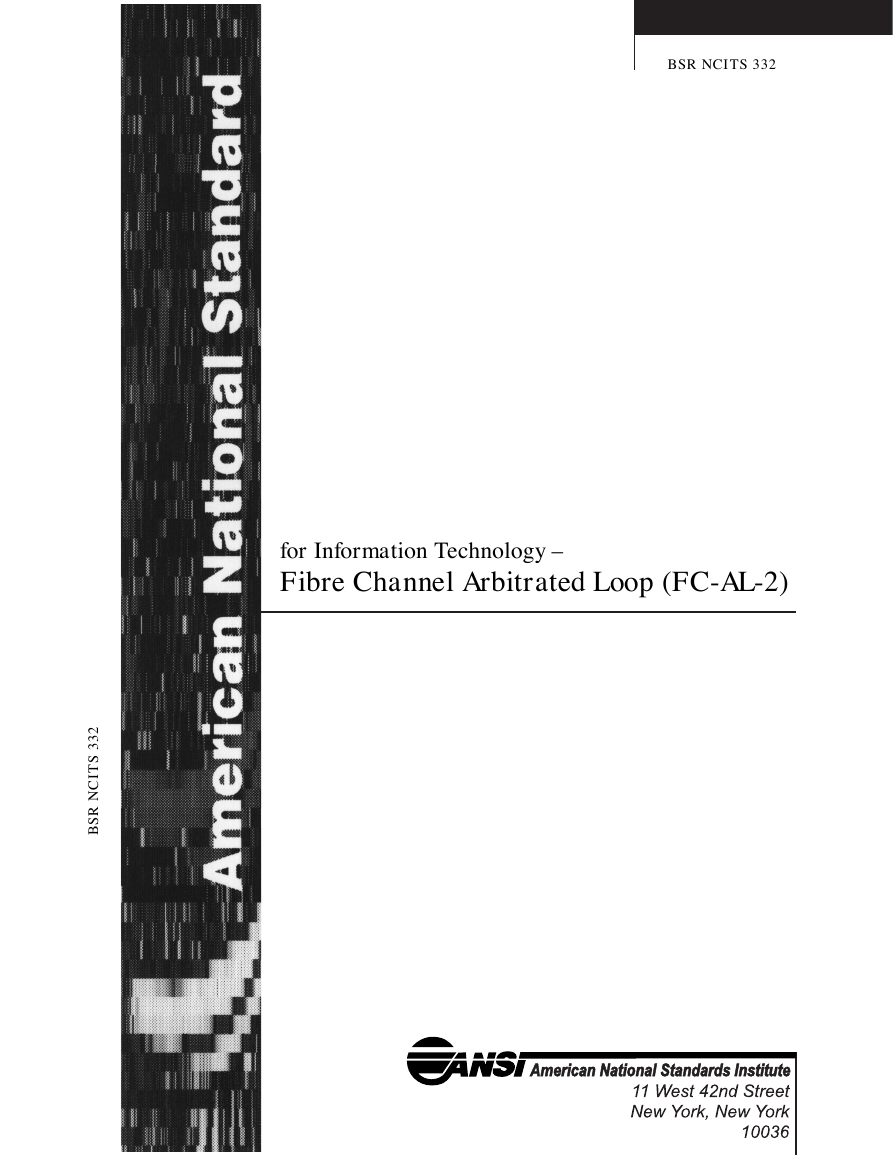



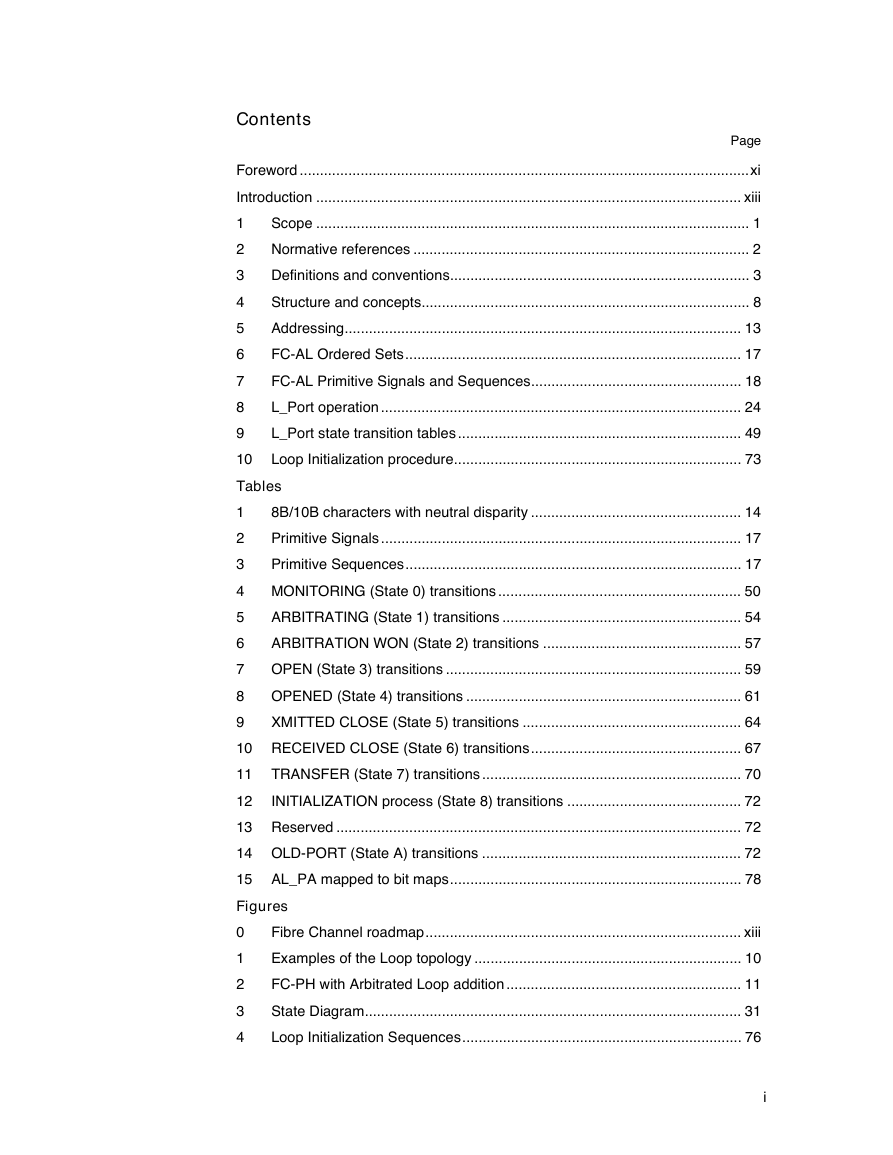
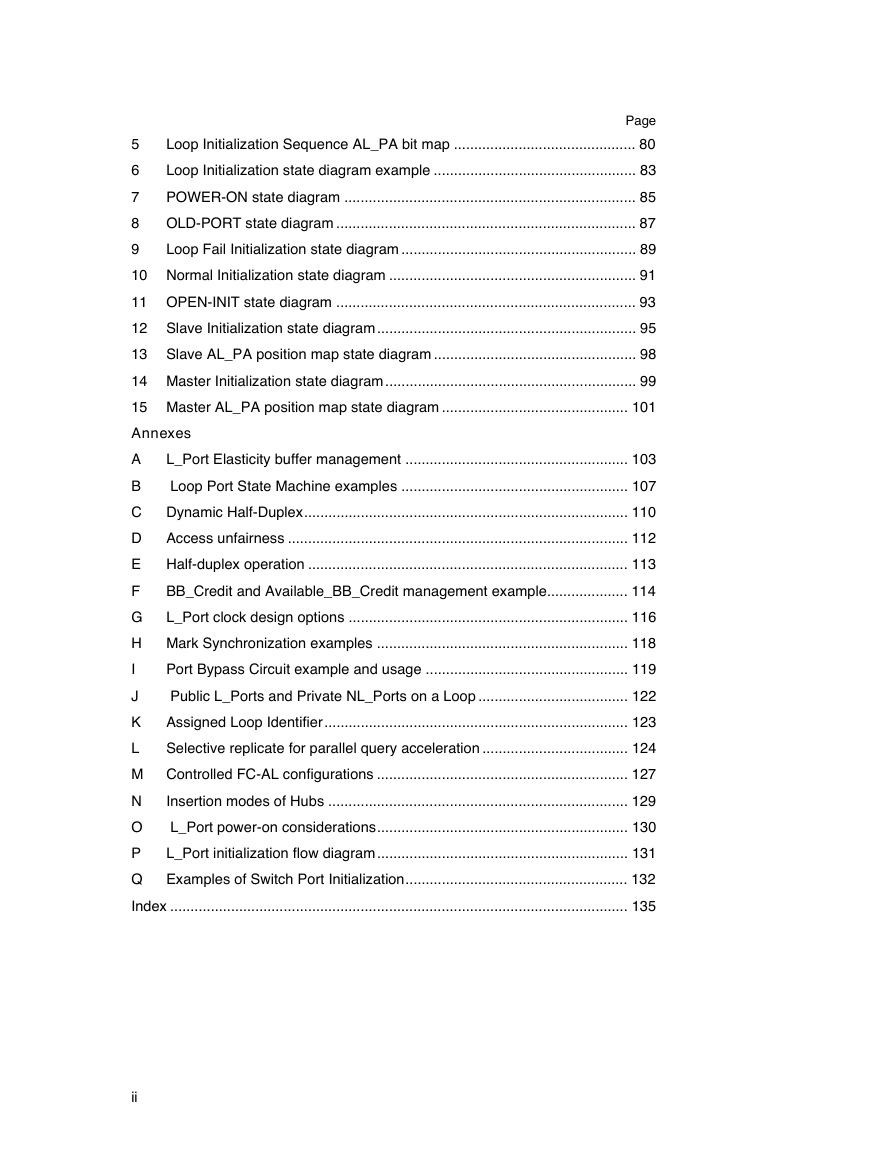
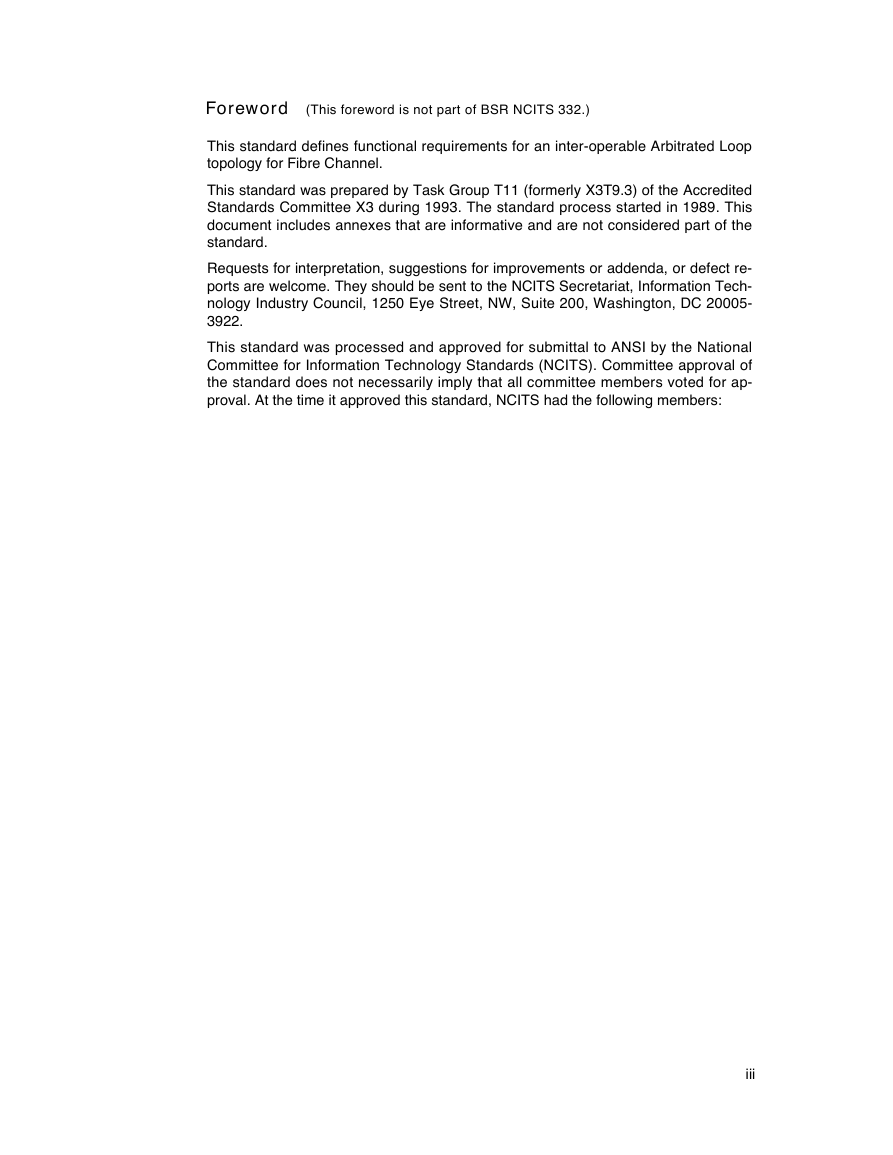
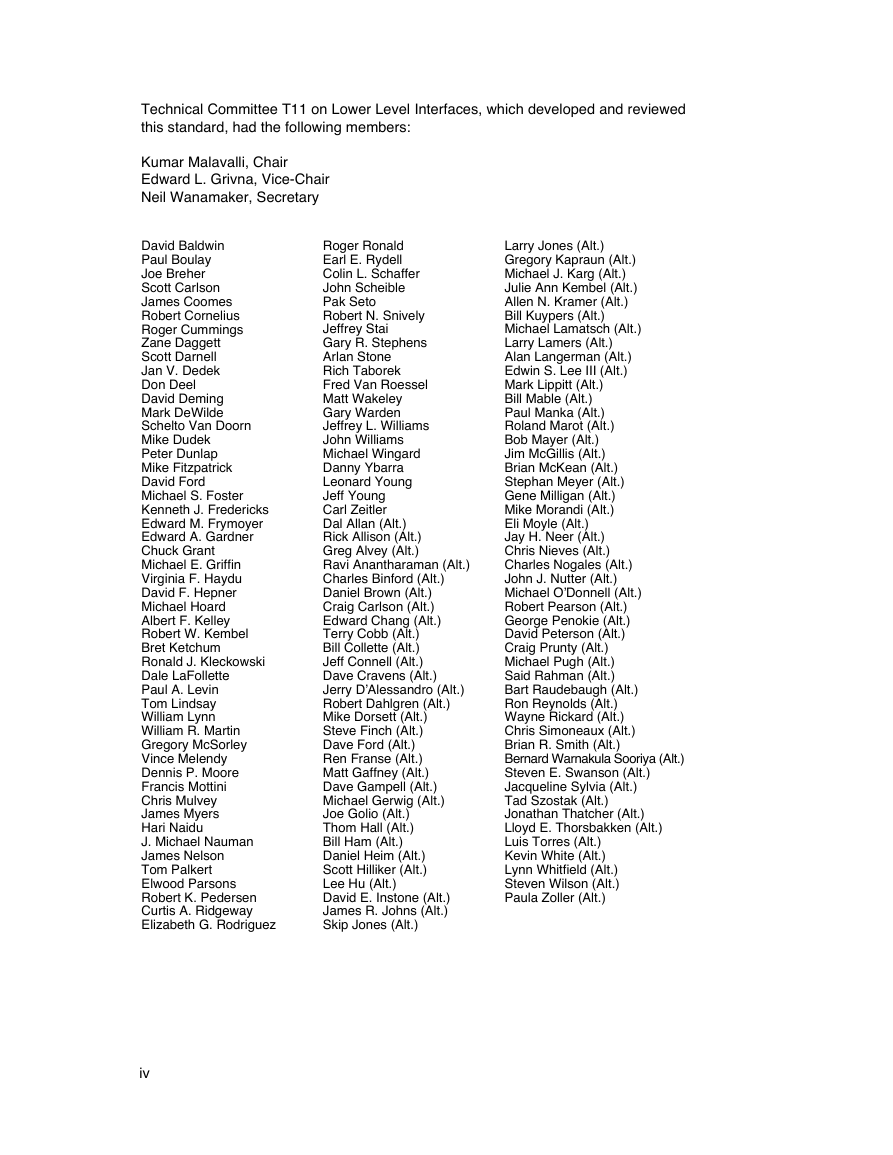








 2023年江西萍乡中考道德与法治真题及答案.doc
2023年江西萍乡中考道德与法治真题及答案.doc 2012年重庆南川中考生物真题及答案.doc
2012年重庆南川中考生物真题及答案.doc 2013年江西师范大学地理学综合及文艺理论基础考研真题.doc
2013年江西师范大学地理学综合及文艺理论基础考研真题.doc 2020年四川甘孜小升初语文真题及答案I卷.doc
2020年四川甘孜小升初语文真题及答案I卷.doc 2020年注册岩土工程师专业基础考试真题及答案.doc
2020年注册岩土工程师专业基础考试真题及答案.doc 2023-2024学年福建省厦门市九年级上学期数学月考试题及答案.doc
2023-2024学年福建省厦门市九年级上学期数学月考试题及答案.doc 2021-2022学年辽宁省沈阳市大东区九年级上学期语文期末试题及答案.doc
2021-2022学年辽宁省沈阳市大东区九年级上学期语文期末试题及答案.doc 2022-2023学年北京东城区初三第一学期物理期末试卷及答案.doc
2022-2023学年北京东城区初三第一学期物理期末试卷及答案.doc 2018上半年江西教师资格初中地理学科知识与教学能力真题及答案.doc
2018上半年江西教师资格初中地理学科知识与教学能力真题及答案.doc 2012年河北国家公务员申论考试真题及答案-省级.doc
2012年河北国家公务员申论考试真题及答案-省级.doc 2020-2021学年江苏省扬州市江都区邵樊片九年级上学期数学第一次质量检测试题及答案.doc
2020-2021学年江苏省扬州市江都区邵樊片九年级上学期数学第一次质量检测试题及答案.doc 2022下半年黑龙江教师资格证中学综合素质真题及答案.doc
2022下半年黑龙江教师资格证中学综合素质真题及答案.doc